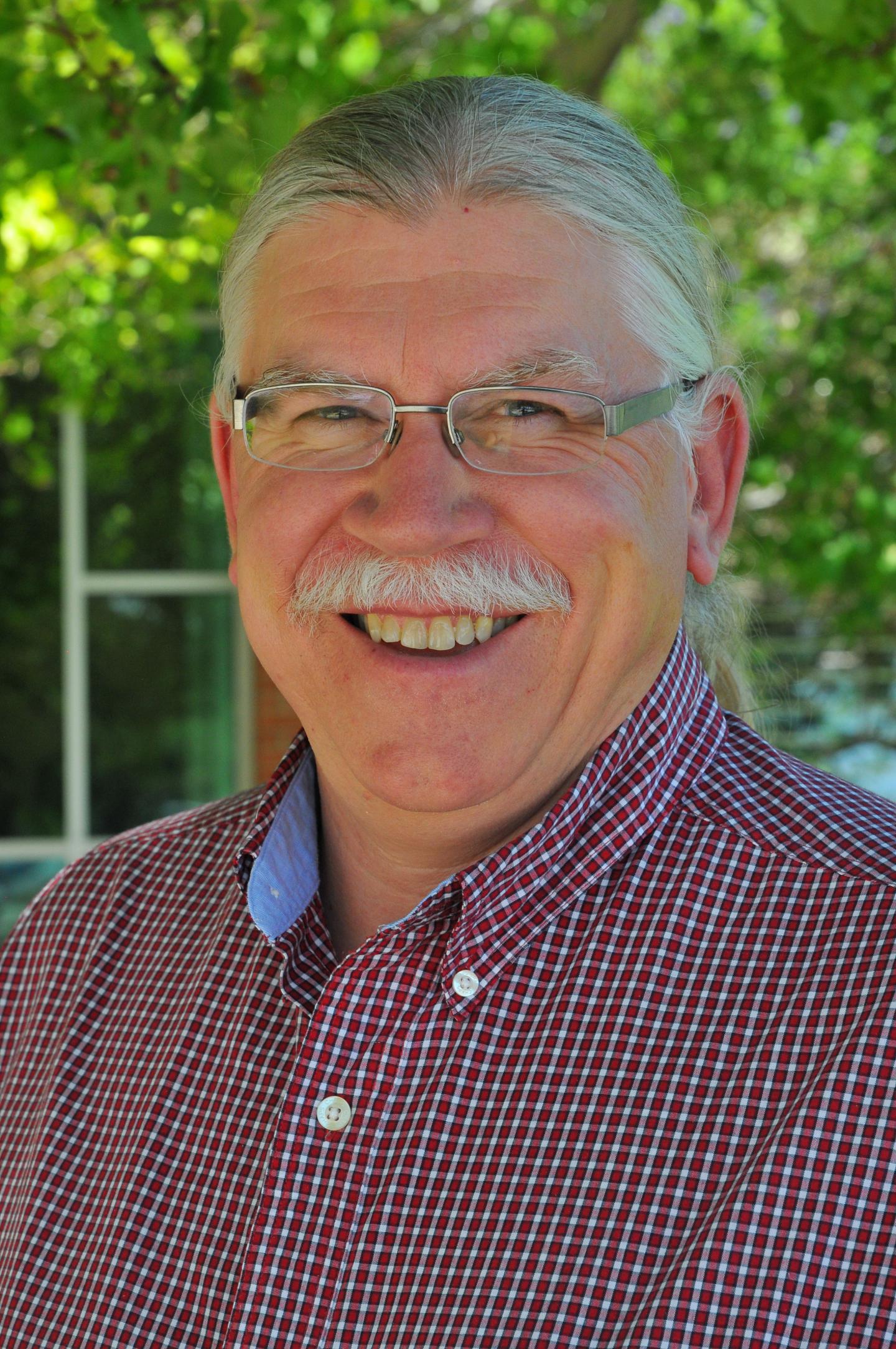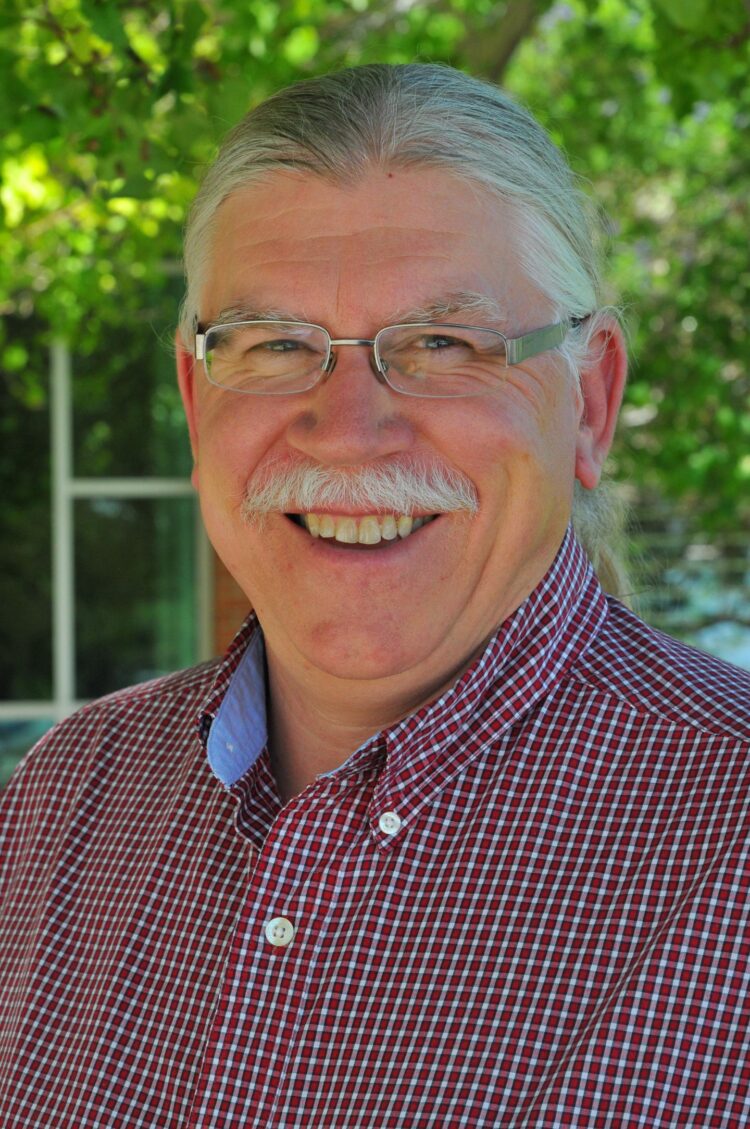Sandia tech transfer expert garners national award

Credit: Photo courtesy of Sandia National Laboratories
ALBUQUERQUE, N.M. — Licensing expert Bob Westervelt, who has worked to transfer Sandia National Laboratories technologies in the medical, solar and hydrogen production fields, received the 2021 Outstanding Technology Transfer Professional Award from the Federal Laboratory Consortium.
The consortium, a network that honors significant technology transfer accomplishments among more than 300 federal laboratories and research centers, recognized Westervelt at a virtual award ceremony earlier this month. Among his many achievements recognized by the consortium are several creative licenses for New Mexico tech companies and an innovative license prioritization procedure for Sandia.
“Bob came to Sandia with a unique set of knowledge and skills in science, business and licensing, which is perfect for his current role,” said Joel Sikora, Sandia manager of technology partnership agreements. “He’s a valuable staff member, and as an expert in software, patents and licensing, he’s helped us think critically in terms of impact when it comes to technology, so that businesses ideally get the best return on investment when they manufacture and distribute products and services that often have the potential to increase national security or benefit the economy.”
License successes boost Sandia’s mission, NM economy
Westervelt was instrumental in licensing the X-Ray Toolkit, or XTK, an image-processing and analysis software developed at Sandia that is used by the military, bomb squads and emergency response teams. Technicians use the software with scanners to look inside and analyze suspicious objects. Westervelt said Sandia offers the software to military and law enforcement for free. In addition, no-cost test and evaluation licenses were provided to X-ray scanner manufacturers so they could make sure XTK worked with their hardware. Companies willing to give high-quality training to end users could also obtain low-cost licenses.
“The X-Ray Toolkit was always one that I’ve been particularly proud of,” he said. “Thousands of people are using XTK all across the United States, and in the last few years, it’s been transitioning internationally. There are bomb techs all over the world who are starting to use XTK.”
Westervelt is also proud of licenses that went to New Mexico start-ups such as Eden Radioisotopes, a company working to build a reactor that will produce medical isotopes; BayoTech, a company that makes mobile hydrogen generators; and mPower, which is developing flexible solar cells smaller than the width of human hair.
“People aren’t generally aware of New Mexico’s start-up activity, but some of these companies have done really well raising money,” he said. “They’re at different stages, and we’ve been able to evolve the licenses along with how the companies have changed to make sure that they have the foundation to be successful. It will be nice to see three big, successful companies come out of the licenses.”
Concept gives priority to high-impact licenses
Westervelt also created the concept of High Value Licensing, which has been utilized at Sandia to prioritize licenses that will have the most impact. It works by analyzing potential license opportunities by those that are routine, those that are important to Sandia’s national security mission, those that could have financial return and others that are high-risk, high reward.
“As a manager, I greatly value the High Value License framework because it has improved our commercialization potential,” Sikora said. “The framework was based on an analysis of our previous years’ licensing activity and enables us to balance mission and commercial technology licenses.”
While the group looks at financial value of a license, they try to prioritize opportunities that could help national security, even if the developed technology won’t bring in a lot of money. XTK is a good example, Westervelt said, because it has domestic and international success and makes the world safer.
“The opportunities for the laboratories to work with companies through tech transfer really enables more robust solutions to come out of the laboratory, and we end up benefitting the country,” Westervelt said. “By engaging with outside partners, it gets the technical staff thinking about the broader focus on problems. Instead of solving one problem, researchers might solve multiple problems. And if solving problems helps the economy, that also helps national security.”
Interest in science, business, novel projects led to Sandia
Originally from upstate New York, Westervelt said he always had an interest in science, leading him to earn an undergraduate degree in physics and a doctorate in nuclear physics. His thesis research took him to New Mexico for research using a particle accelerator at Los Alamos National Laboratory.
Following graduation from Stanford University, Westervelt continued working on accelerator control systems at Los Alamos before leaving to join a company that licensed software from the lab to develop several types of industrial control systems.
“That gave me the experience with respect to what it takes to make a startup successful, and we had applied technology developed at the national labs for application in something that wasn’t envisioned for when it was first developed,” Westervelt said. “It’s very fulfilling when technology that you’ve been working on makes it into everyday applications and gets used broadly. We had a map of all of our customers so we could see all the places that were using it.”
After about nine years, Westervelt left to join a digital imaging company as a chief technology officer, where he combined the company’s technology with technology licensed from larger companies, then integrated the combination into customers’ printers and copiers.
“So, on one side, I was seeing what it takes to deal with licenses from big companies, and then how to license it to our customers,” he said.
Westervelt was heavily involved in negotiations when part of that company and its intellectual property sold. He found his next opportunity at Sandia in 2012.
“I was looking for interesting projects to work on as opposed to a particular venue or location. I think that’s what led me through my career path and how I ended up at Sandia,” he said, adding that the position sort of took him full circle, back to a national laboratory with a strong science and technology focus.
“Licensing at Sandia gives you the opportunity to see all of the different types of technologies, the problems that they’re applied to, and what they could be applied to in the future. I found that a particularly interesting challenge to take on.”
###
Media Contact
Manette Fisher
[email protected]
Original Source
https:/





